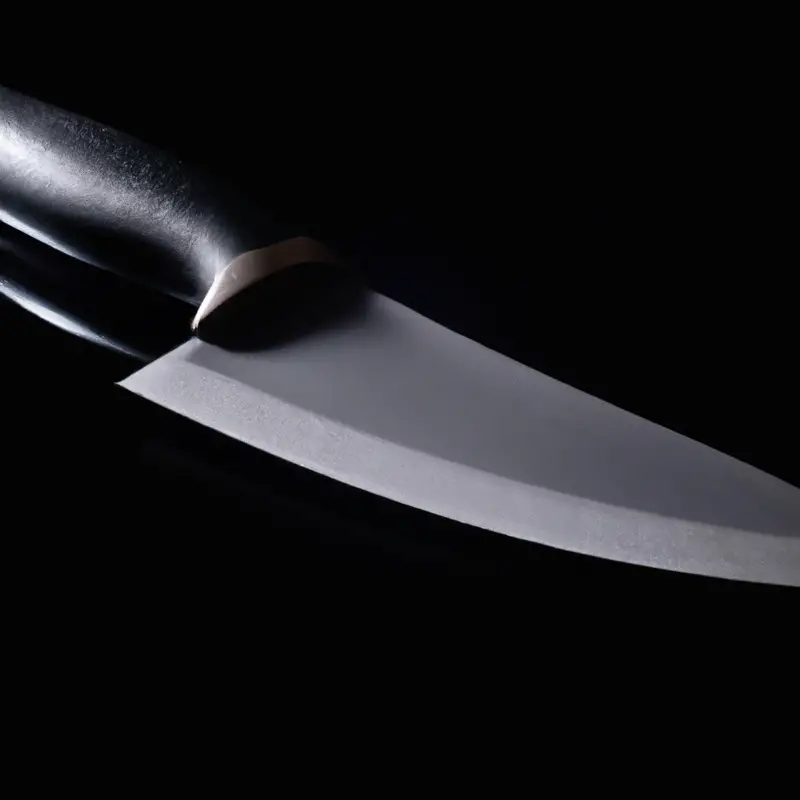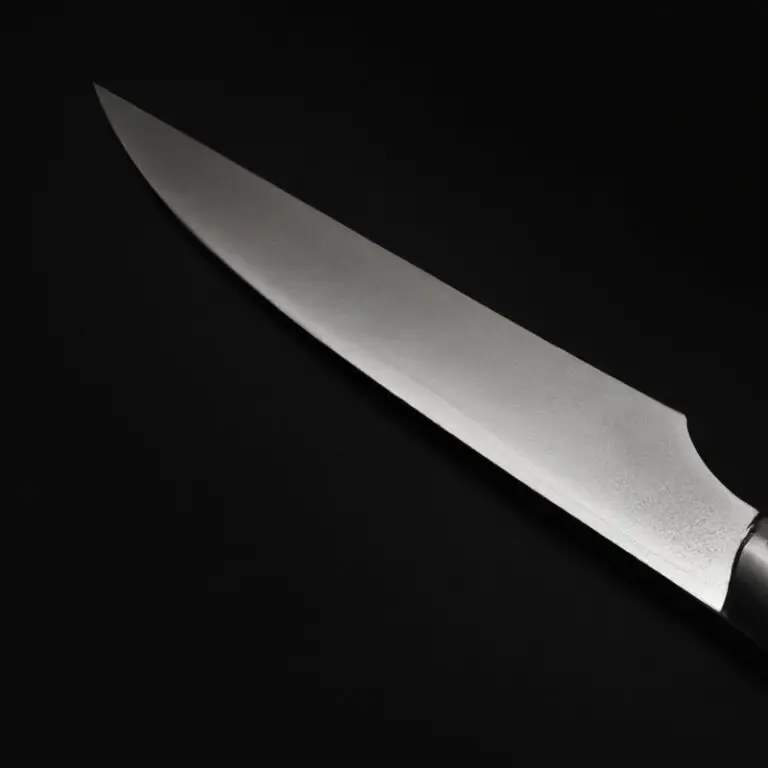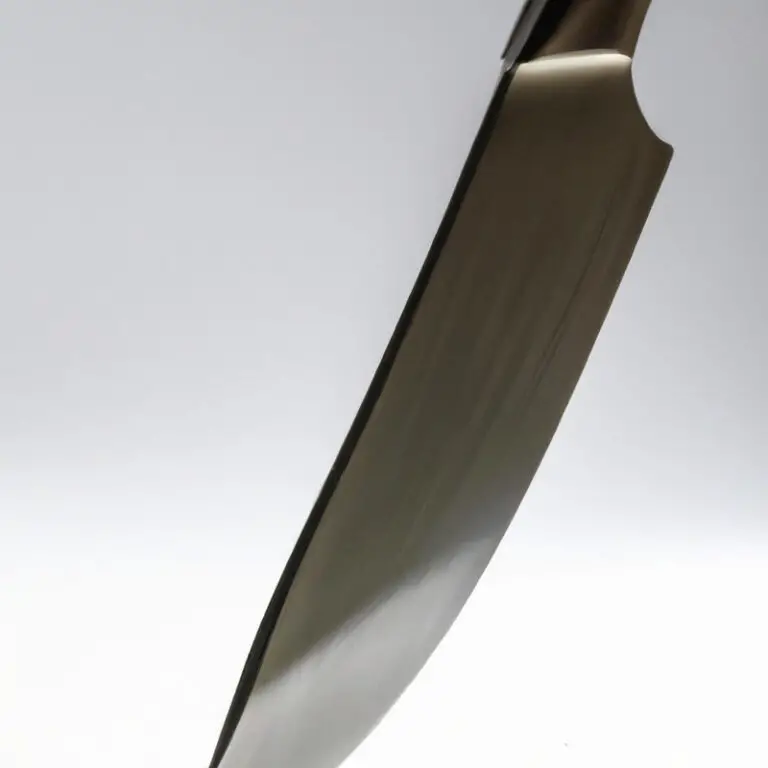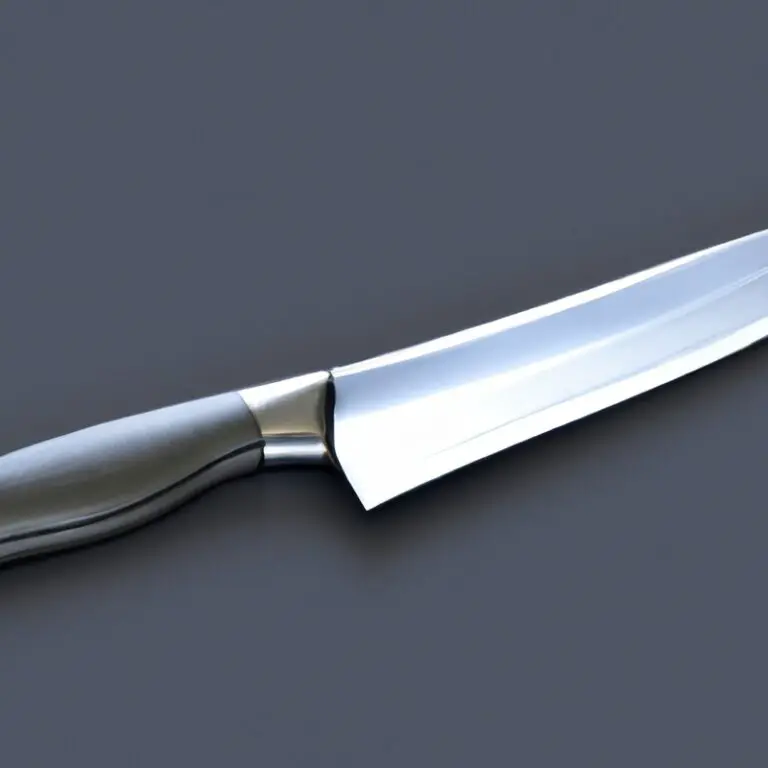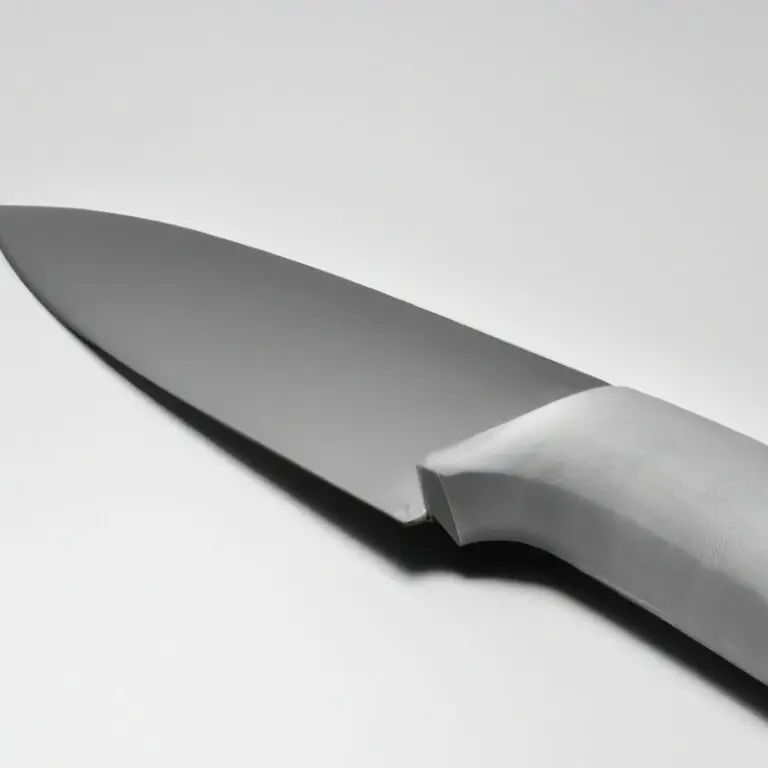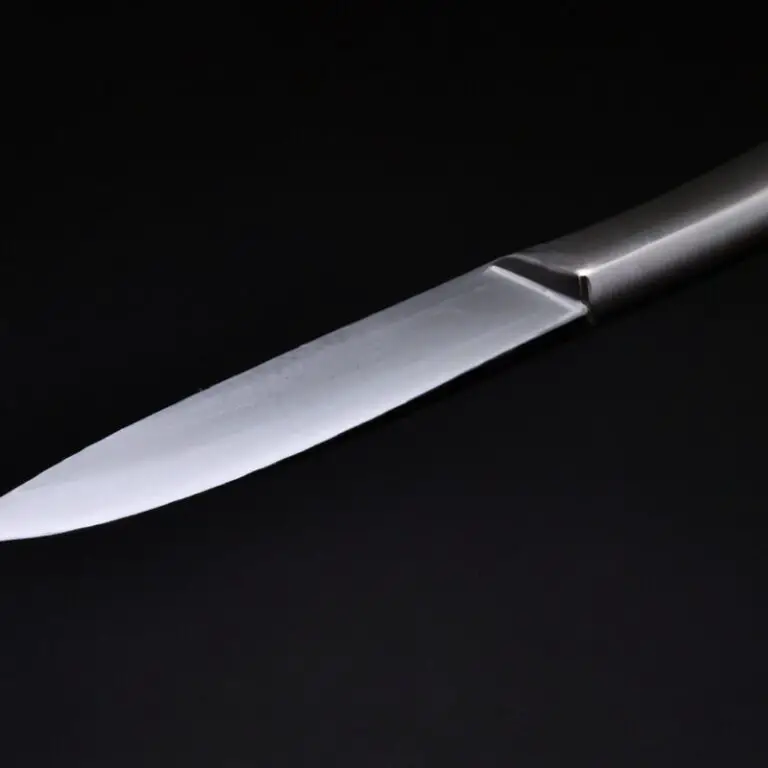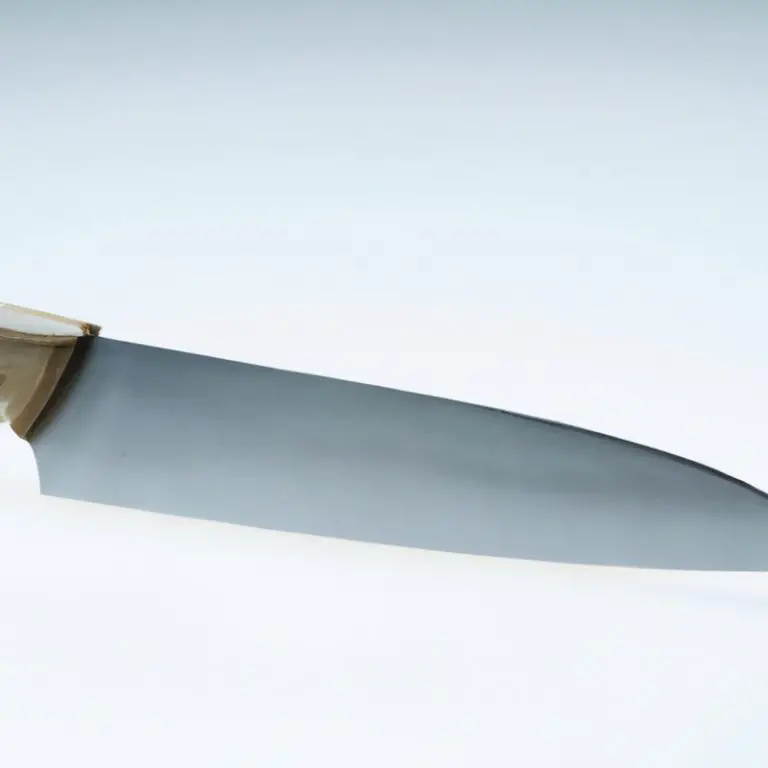How To Cut Through Juicy Fruits With a Santoku Knife? Effortlessly!
Key Takeaways:
- A Santoku knife’s unique design enables it to cut through juicy fruits with ease and precision.
- Choose a sharp Santoku knife and use a stable cutting board to avoid slipping while cutting.
- Maintain a proper grip and angle when cutting to prevent injury and ensure even slices.
- With practice, using a Santoku knife to cut through juicy fruits can enhance the taste and presentation of your dishes.
Imagine taking a big bite of your favorite fruit, savoring the juicy sweetness, only to struggle with the next one as you try to cut it. That’s where a Santoku knife comes in handy.
As a professional chef with extensive experience using Japanese knives, I want to share my insights on how to cut through juicy fruits with a Santoku knife.
In this article, we’ll explore the anatomy of the knife, essential techniques, and tips for maintaining safety and optimal results. Get ready to slice and chop like a pro!
| Step | Instructions |
| 1 | Make sure your Santoku knife is sharp. Dull knives can slip and cause accidents. |
| 2 | Wash the fruit you want to cut. |
| 3 | Place the fruit on a cutting board, with a flat side down, to keep it steady. |
| 4 | Cut off the top and bottom of the fruit, if necessary, to create a flat surface. |
| 5 | Slice the fruit in half from top to bottom. |
| 6 | Remove the seeds or pits, if necessary, using a spoon or a knife. |
| 7 | Hold the fruit steady with one hand and cut it into desired shapes with the Santoku knife using a sawing motion. |
| 8 | Repeat the process with other fruits. |
| 9 | Wipe off the blade of the knife with a clean towel or cloth. |
Anatomy of a Santoku Knife: Understanding the Design for Better Cutting
A Santoku knife is a type of Japanese knife that is ideal for cutting fruits, vegetables, and meats. Santoku knives have a unique design that sets them apart from other knives.
They are typically shorter and wider than traditional chef’s knives, with a blade length of around 7 inches.
Santoku knives have a flat edge with a slight curve towards the tip, which helps with rocking the blade back and forth during slicing. This is especially useful when cutting through juicy fruits, as it helps prevent sticking and tearing of the flesh.
The blade of a Santoku knife is also thinner than most chef’s knives, which allows for more precise cuts.
Additionally, the blade is typically made from high-quality steel, which provides excellent durability and sharpness. One of the most distinctive features of a Santoku knife is its Granton edge, which is a row of scalloped grooves on both sides of the blade.
This edge helps prevent food from sticking to the blade, allowing for smoother and more efficient cuts.
Overall, the design of a Santoku knife is based on the traditional Japanese chef’s knife, with a focus on balance, precision, and versatility. Understanding the anatomy of a Santoku knife can help you use it more effectively and efficiently to cut through juicy fruits and other foods.
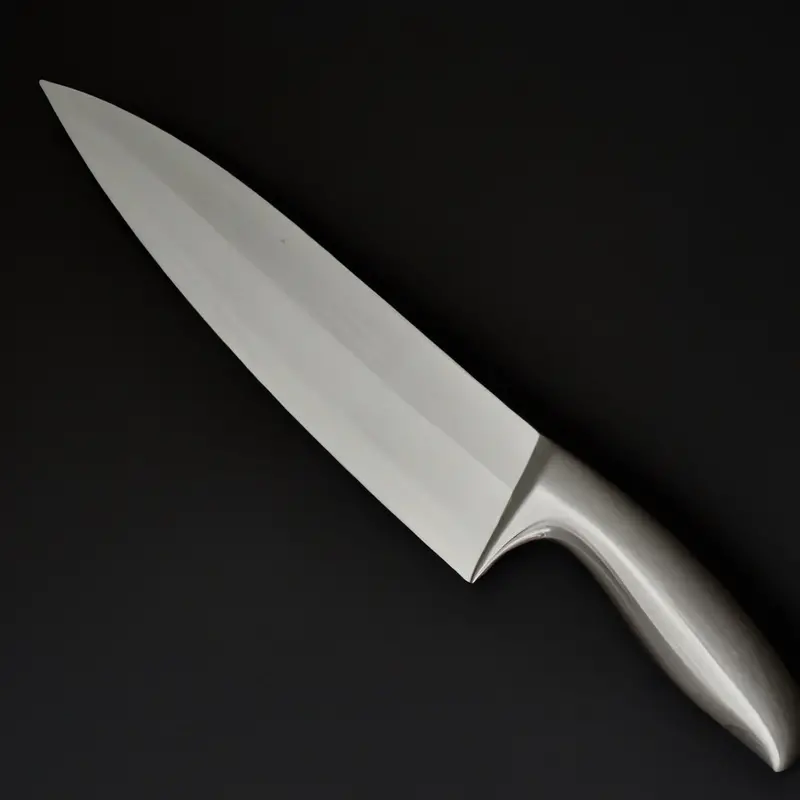
Essential Techniques for Cutting Through Juicy Fruits
When cutting through juicy fruits, it is crucial to use the right technique to prevent the fruit from slipping and ensure smooth slicing. The following are essential techniques for cutting through juicy fruits with a Santoku knife:
- Use a gentle sawing motion: Avoid applying too much pressure when slicing through the fruit. Instead, use a gentle back-and-forth sawing motion to create a clean cut.
- Hold the fruit firmly: Hold the fruit in place with your non-dominant hand to prevent it from slipping during cutting.
- Choose the right cutting board: Use a cutting board that is stable and sturdy. A wooden or bamboo board is the best option as it won’t dull your knife edges quickly.
- Keep the blade sharp: A sharp Santoku knife is essential for cutting through juicy fruits. Use a honing steel to maintain the sharpness of your knife, or get it sharpened regularly.
- Cut against the grain: Cut against the grain of the fruit to make the slices clean and prevent the fruit from getting mushy.
By practicing these techniques, you can easily slice and dice all kinds of juicy fruits like a pro with your Santoku knife.
The Proper Grip and Stance for Efficient Cutting
Proper grip and stance are crucial for efficient cutting with a Santoku knife. To grip the knife correctly, hold the handle with all four fingers and place your thumb on the blade’s spine, ensuring a secure and comfortable grip.
Your stance should be steady, with your feet shoulder-width apart and the blade at a 90-degree angle to the cutting board.
As you cut, keep your wrist straight and your arm close to your body, moving the knife with your whole arm to create even slices. Using the correct grip and stance will help you make precise and effortless cuts through juicy fruits.
Sharpening Your Santoku Knife: Techniques and Tools
Sharpening a Santoku knife is essential to ensure the best results when cutting through juicy fruits. There are different techniques and tools that you can use to sharpen your Santoku knife, including honing and sharpening stones, electric sharpeners, and honing rods.
Honing your knife helps to maintain its sharp edge, while sharpening is necessary to remove any dullness.
When using a honing steel or rod, hold the Santoku knife at an angle of 15 degrees and swipe it against the steel in a back-and-forth motion. Keep the pressure light to avoid damaging the blade.
For sharpening stones, you’ll need to wet the stone before use and run the blade against it several times, starting with the rougher side and then moving to the smoother side.
Electric sharpeners are great for those who are not comfortable using sharpening tools manually. They offer the convenience of honing and sharpening your knife within minutes, with the guarantee of absolute precision.
However, it is important to read the instructions carefully before using electric sharpeners to ensure that you don’t damage your knife or risk injury.
Sharpening your Santoku knife is an essential part of maintaining its sharpness and ensuring efficiency when cutting juicy fruits. Whether you choose a honing steel, sharpening stone, or an electric sharpener, proper technique and usage will guarantee optimal results.
The Best Fruits to Cut with a Santoku Knife
The Santoku knife is a versatile tool that can be used for cutting through various fruits, especially those with soft flesh. Here are some of the best fruits that can be easily cut with a Santoku knife:
- Pineapples – The sharpness of the Santoku knife makes it easy to cut through the tough outer layer of the pineapple and the soft, juicy flesh inside.
- Watermelons – The straight and sharp edge of the Santoku knife can easily slice through the thick and juicy watermelon without squishing it.
- Cantaloupes – The sharp tip of the Santoku knife can be used to easily remove the skin and the sharp edge can cut the melon into smooth pieces.
- Apples – The Santoku knife’s sharpness helps to cut through the tough skin and the soft interior of the apple with ease.
- Mangoes – The Santoku knife’s sharp edge is ideal for cutting the mango’s tough outer layer and removing the juicy flesh from the seed inside.
When cutting through these juicy fruits, it’s important to use a proper grip and be mindful of your fingers. With the right technique, the Santoku knife can make fruit cutting more efficient and enjoyable.
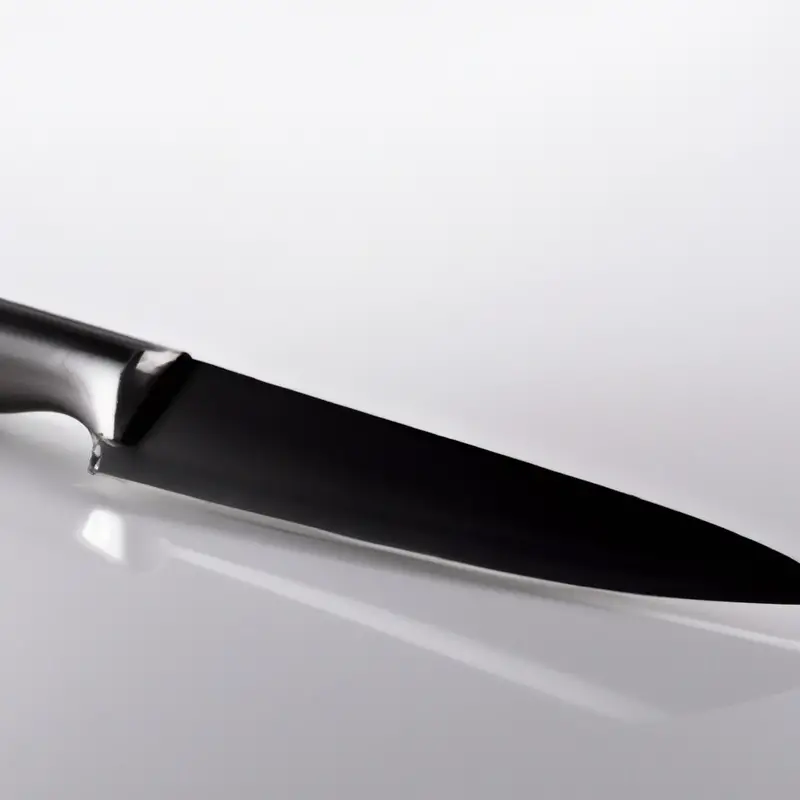
Slicing Versus Chopping: Understanding the Differences for Optimal Results
Slicing and chopping are two different cutting techniques that produce varying results when cutting fruits with a Santoku knife. Slicing involves cutting thin, uniform slices while keeping the blade in constant contact with the cutting surface.
This technique is ideal for cutting fruits such as tomatoes and watermelon.
Chopping, on the other hand, involves cutting fruits into smaller pieces by lifting the blade in an up-and-down motion. This technique is best for fruits like apples and pears.
To determine whether to slice or chop a fruit, consider its size and texture.
Larger, softer fruits like watermelon and pineapple are best sliced while smaller, firmer fruits like apples and pears are ideal for chopping. Regardless of the cutting technique, always use a sharp Santoku knife and maintain proper hand placement to ensure optimal results.
Using the Tip, Middle, and Heel of the Santoku Knife for Precise Cuts
When using a Santoku knife to cut through juicy fruits, it’s important to utilize the tip, middle, and heel of the blade for precise cuts. The tip is ideal for making intricate cuts or piercing through tough skins, such as those found on pineapples or mangos.
The middle of the blade is useful for slicing through softer fruits like peaches or plums, while the heel is perfect for tougher fruits like watermelons or cantaloupes.
By utilizing the different sections of the blade, you can achieve clean and precise cuts with minimal effort. Be sure to maintain a consistent grip and angle while cutting to achieve optimal results.
Maintaining Your Santoku Knife: Cleaning and Storage Tips
Maintaining your Santoku knife is essential to ensure its longevity and optimal performance. After each use, clean the knife with warm soapy water and dry it with a soft cloth.
Avoid using harsh abrasives, such as steel wool or scouring pads, as they can damage the blade’s surface.
To prevent corrosion, avoid leaving your Santoku knife soaking in water or acidic liquids for an extended period. After cleaning, store the knife in a sheath or a protective cover to avoid any accidental damage.
If you’re not using it daily, it’s important to oil the knife’s blade to prevent rusting.
Apply a small amount of food-grade oil to a soft cloth and rub gently on the blade. Always store your Santoku knife in a dry place, away from moisture and humidity.
Avoid keeping it in a drawer with other utensils, as they may scratch the blade’s surface and dull the edge.
By maintaining your Santoku knife correctly, you can ensure its longevity, optimal performance and ensure safe handling.
Safety First: Tips to Avoid Accidents While Cutting Fruits
It’s crucial to practice safe cutting techniques when handling fruits with a Santoku knife. Injuries from kitchen knives are common, and can be serious.
Here are some tips to avoid accidents:
- Use a sharp knife- Dull knives are more prone to slipping, leading to accidental cuts.
- Cut on a stable surface- Use a cutting board on a non-slip surface to prevent any movement.
- Keep fingers away from the blade- Place fingers on top of the fruit, away from the blade.
- Cut away from the body- Always cut away from your body to avoid any injuries.
- Use a proper grip- Hold the handle of the knife with a firm grip, and always maintain good control over the knife.
By following these simple tips, you can ensure that you are cutting juicy fruits safely with your Santoku knife.
Experimenting with Different Santoku Knives: Which One is Right for You?
Not all Santoku knives are created equal, and it’s important to choose the right one for your specific needs. When shopping, consider the blade length, steel type, and handle material.
Longer blades are better for bigger fruits, while shorter blades provide more control.
High-carbon steel blades can hold a sharp edge, but stainless steel is more resistant to corrosion. Handles made of wood, plastic, or metal can all provide a comfortable grip, but it ultimately comes down to personal preference.
Remember to also consider your budget when choosing a Santoku knife.
Final Verdict
Mastering the art of cutting through juicy fruits with a Santoku knife is a skill that every kitchen enthusiast should acquire. By understanding the proper grip, stance, and cutting techniques, you can achieve optimal results with ease.
Keep your Santoku knife sharp and well-maintained, and always prioritize safety to avoid accidents while cutting.
With practice and experimentation, you may find that different Santoku knives offer unique benefits for specific fruits. By implementing the tips and techniques outlined in this article, you can elevate your cutting game and impress your guests with perfectly sliced fruits every time.
Trust in the reliability and expertise of this article, and put these actionable insights into practice for a more efficient and enjoyable cutting experience.

